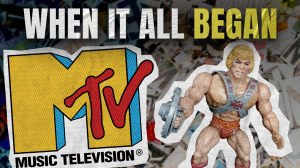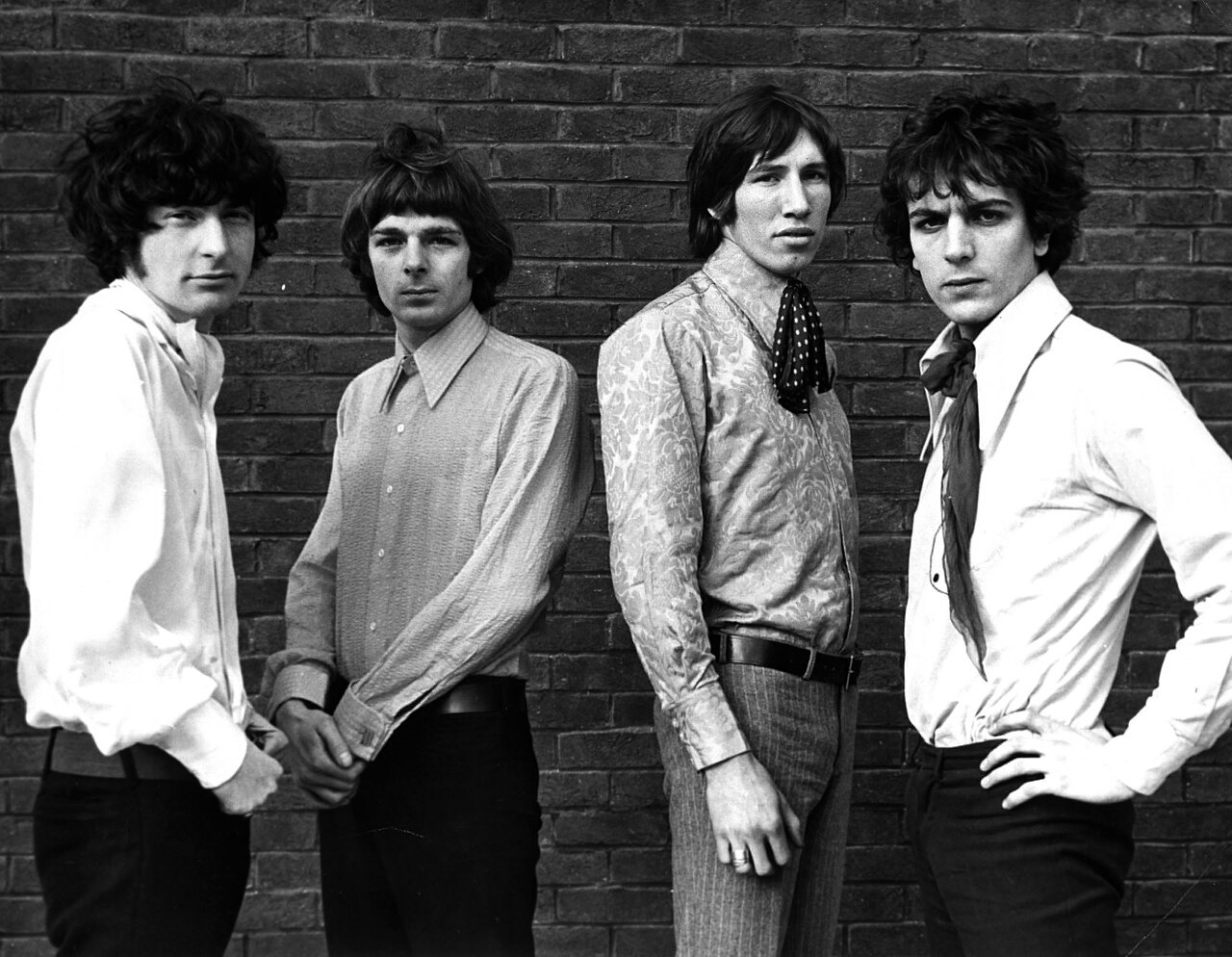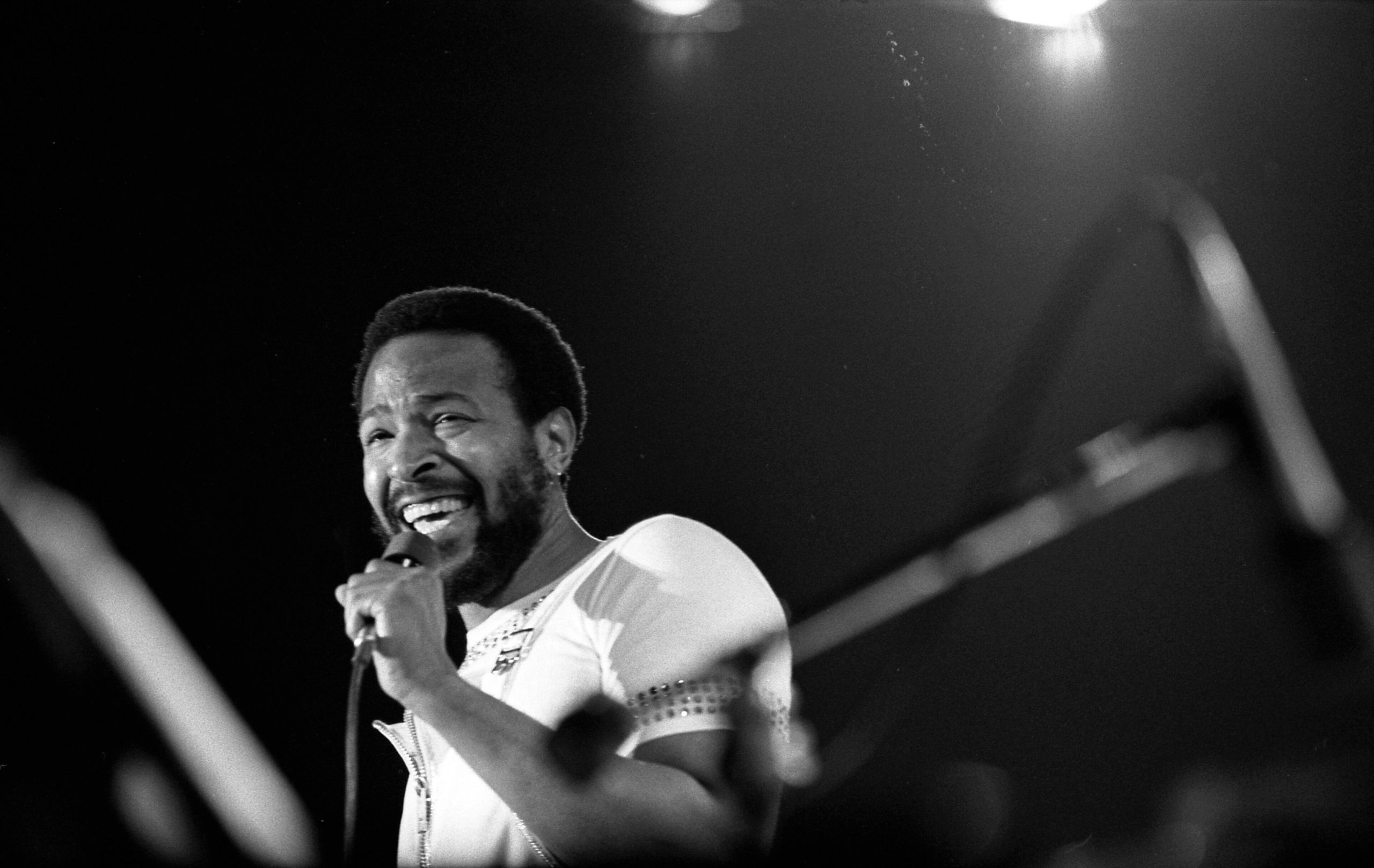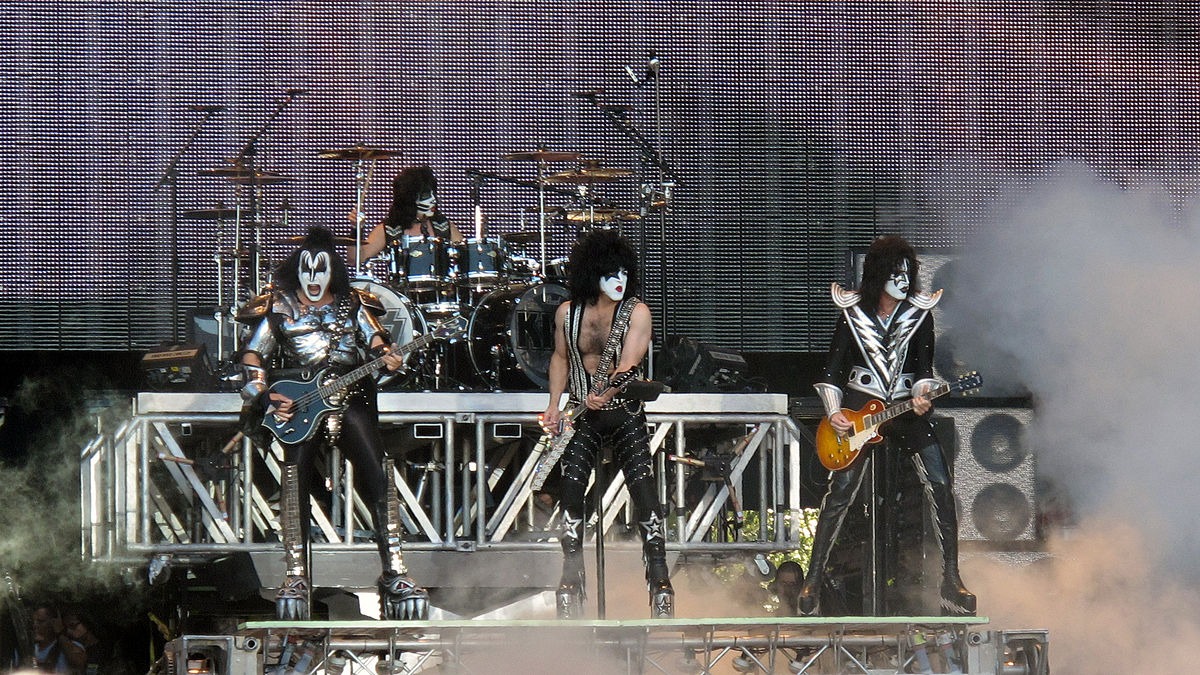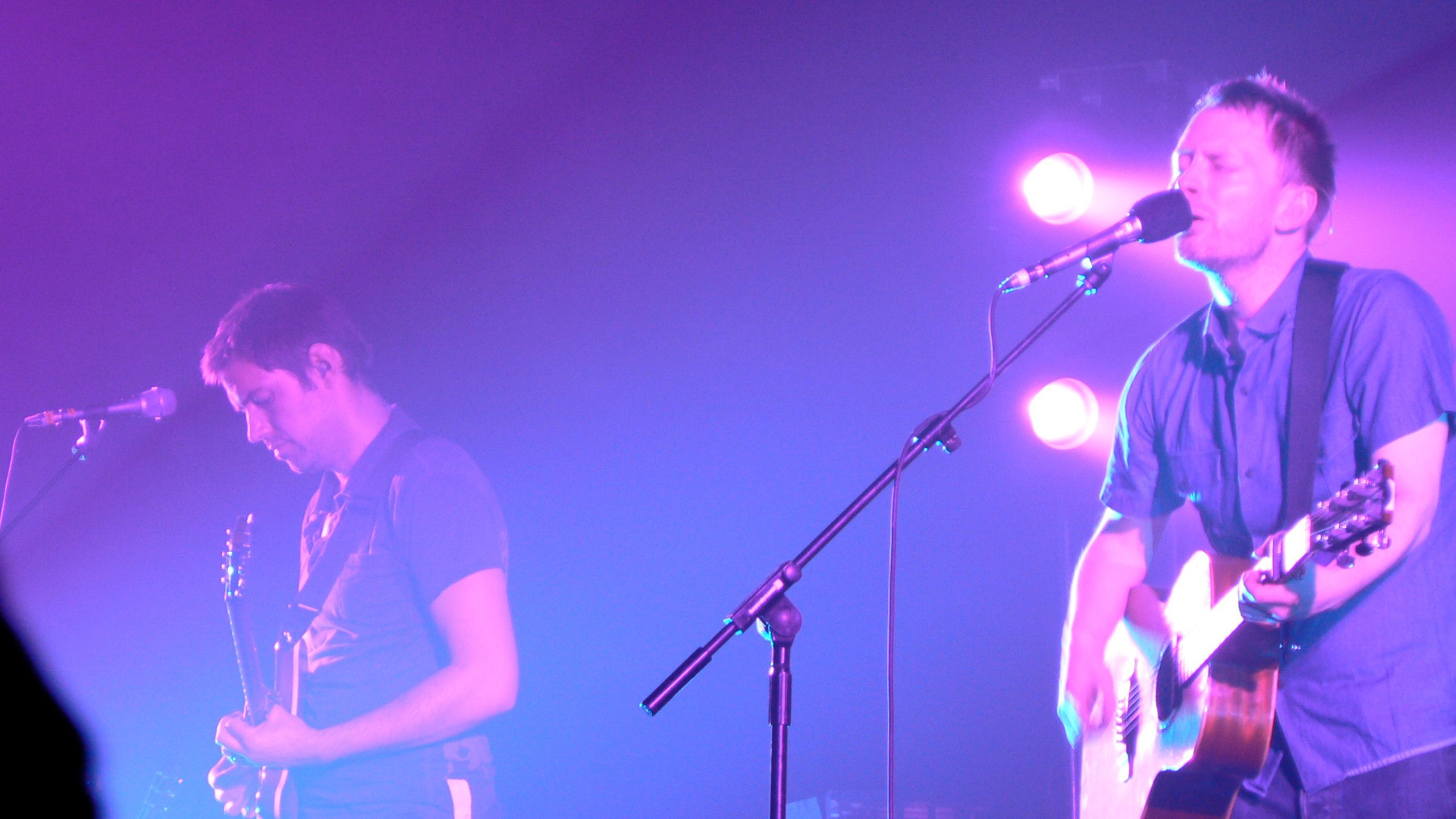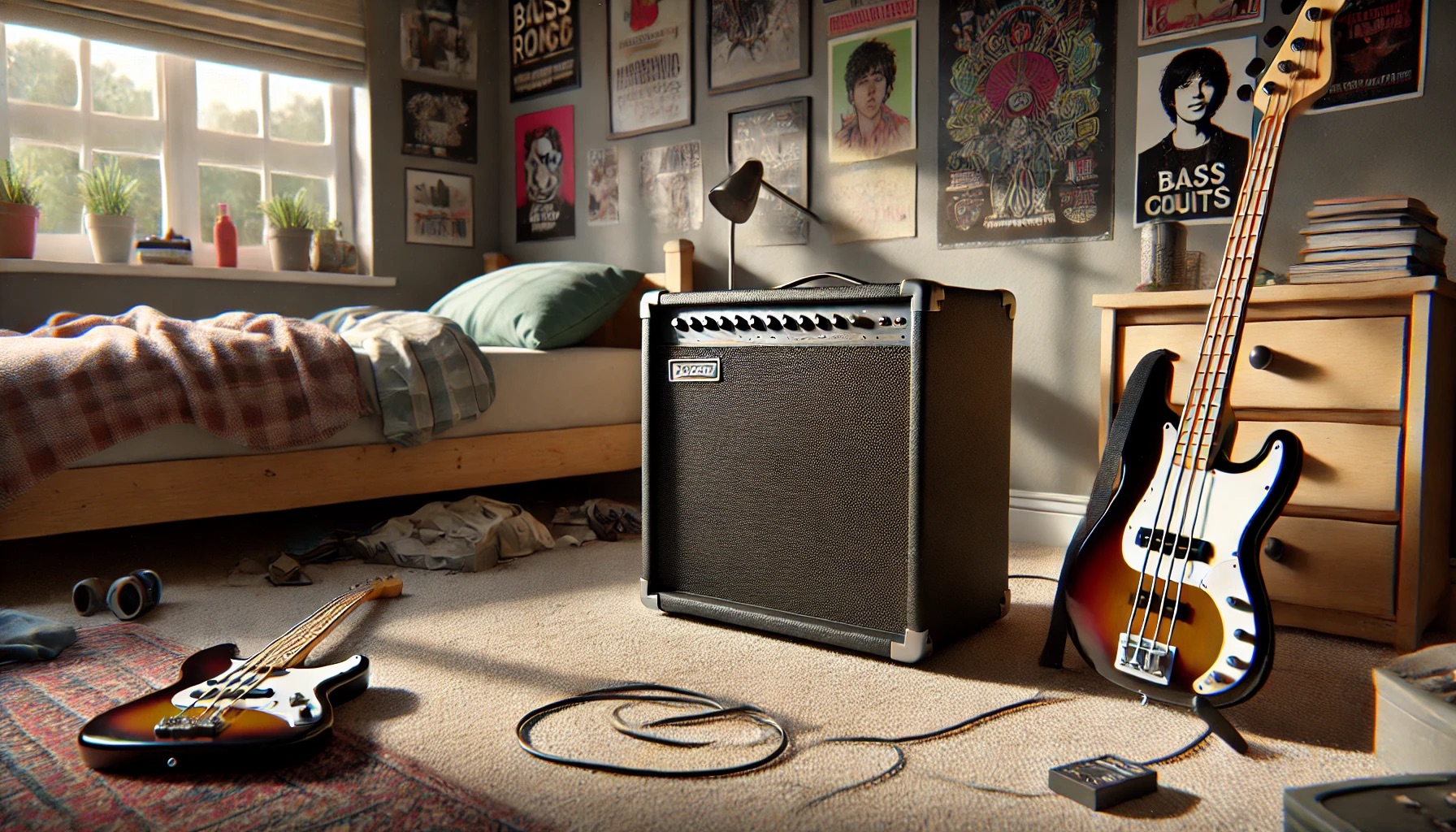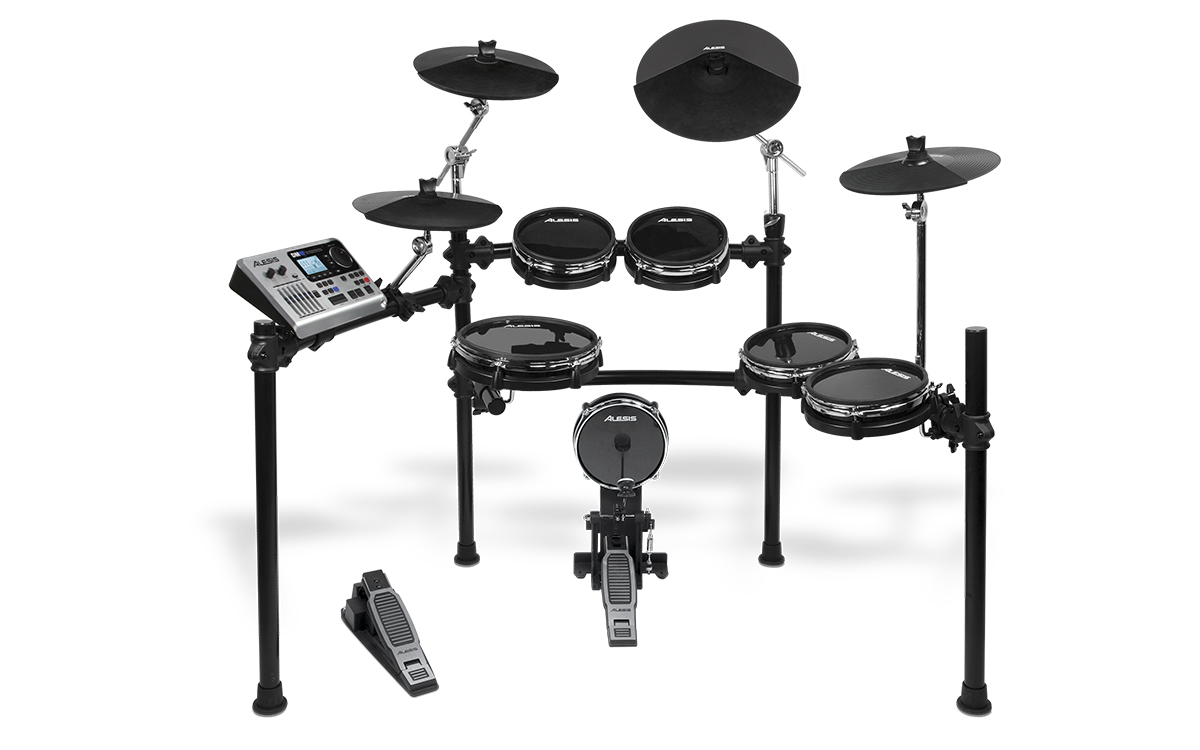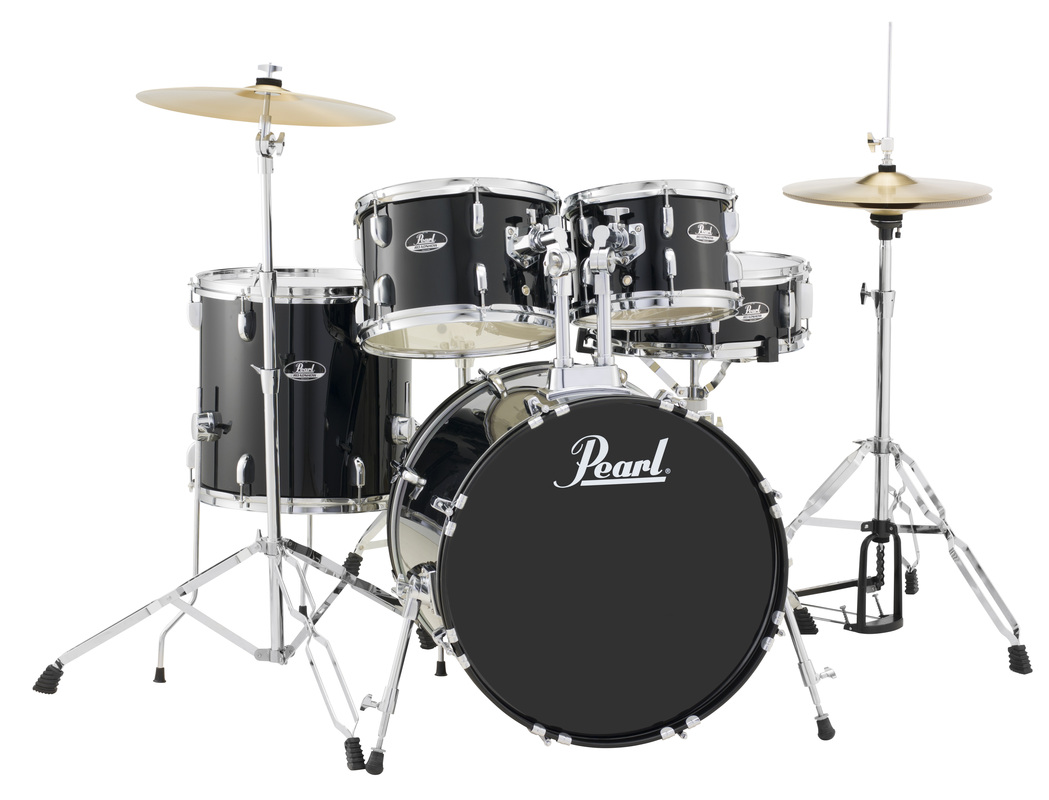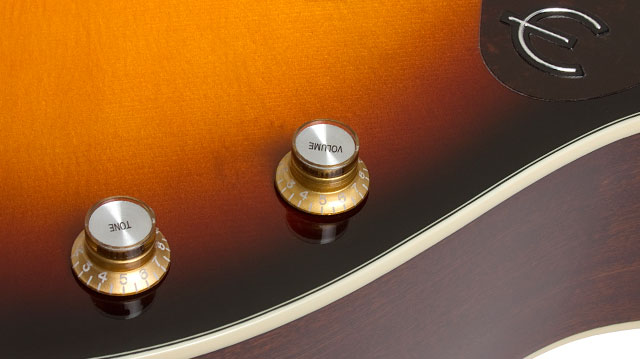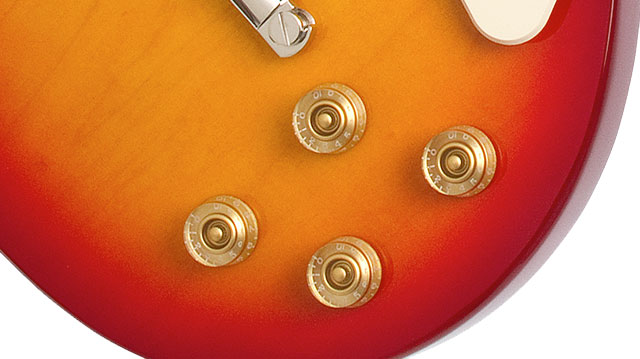
The 1980s solved our need for self-expression in the most colorful ways possible. Before social media existed, people broadcast their personalities through neon fashion, carefully crafted mixtapes, and weekend mall hangouts. These trends created spaces where teenagers could try on different identities between shopping sprees and food court french fries. Just think about how accessories like Swatch watches and Cabbage Patch Kids weren’t mere possessions but extensions of who we were or wanted to be.
These cultural touchstones continue to provide comfort and connection for anyone who lived through the Reagan era. Let’s rediscover the most iconic trends that made the 1980s an unforgettable decade of self-expression and excess.
15. Rubik’s Cube

Sweeping through schools and offices, the colorful puzzle cube became an obsession rather than just a toy. Adults and kids competed to solve the puzzle faster, with speed-cubers showing off their skills at malls. Meanwhile, the rest of us secretly peeled off stickers when no one was watching. This international phenomenon transformed a simple plastic toy into the ultimate symbol of logical thinking and patience—qualities that seemed in short supply during the excesses of the decade.
14. Boomboxes
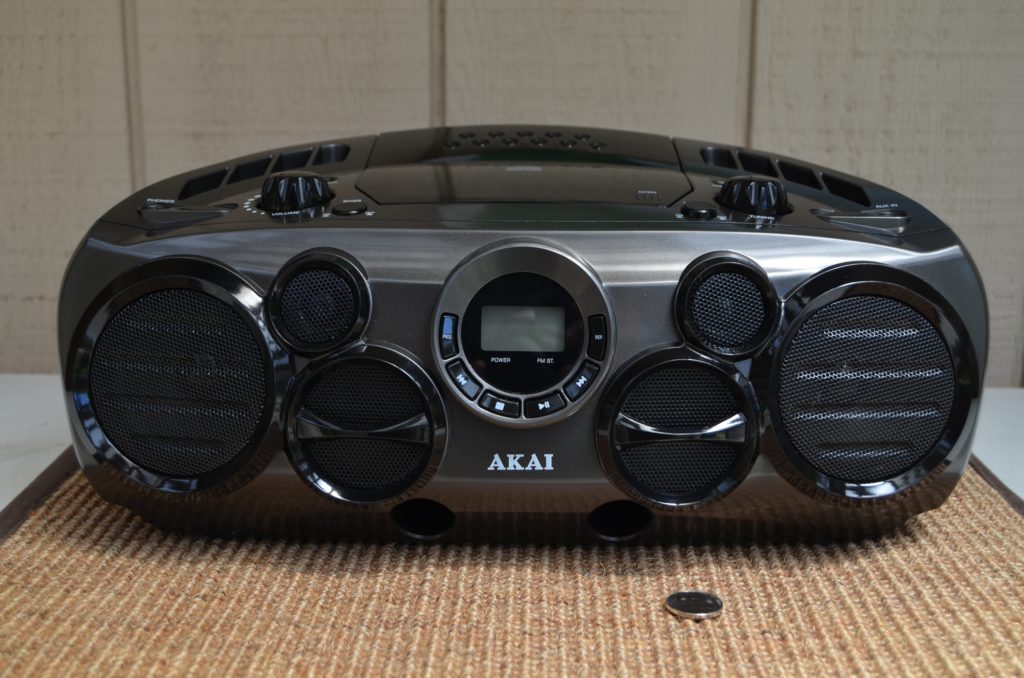
Personal music transformed into public performance thanks to these massive portable stereos. Carrying one meant turning your shoulder into a stage for broadcasting your musical taste to everyone within earshot. Street cred directly correlated with the size and volume capabilities of your sonic weapon. Battery manufacturers profited enormously as teenagers continuously drained D-cells to keep their status symbols powered up through marathon breakdancing sessions and park hangouts.
13. Jelly Shoes
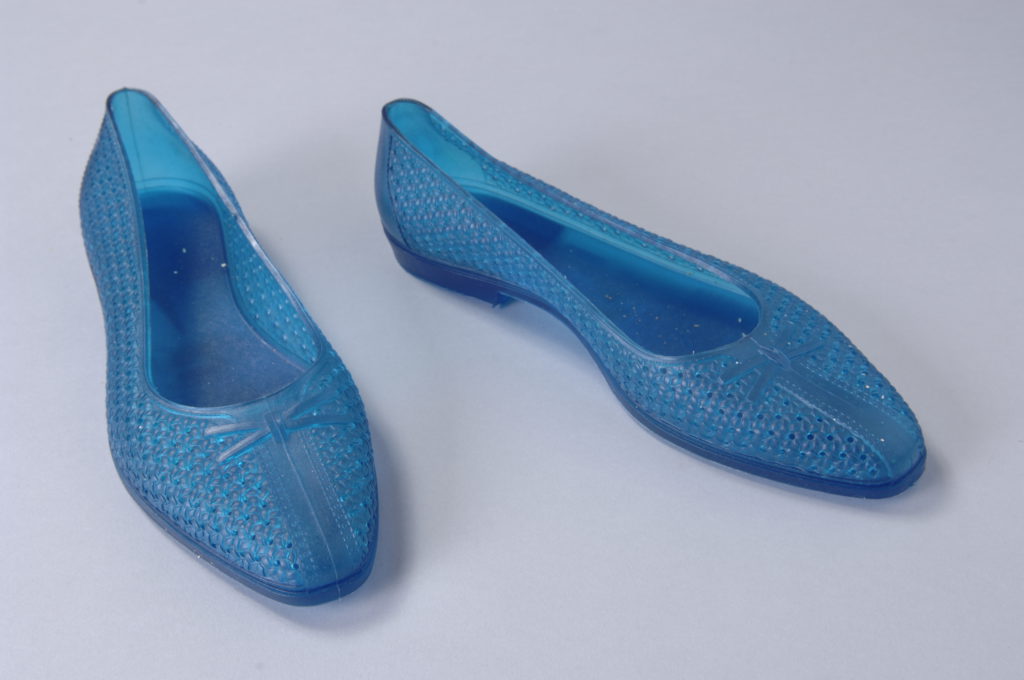
How did plastic footwear resembling solidified Jell-O become fashion’s must-have item? Despite trapping sweat and causing painful blisters, these transparent torture devices sold millions of pairs. They proved we’d willingly suffer for style, somehow managing to signal fashion-forward thinking despite their budget-friendly price point. By 1987, practically every girl’s closet contained at least three pairs gathering dust after the novelty wore off.
12. Thigh Master
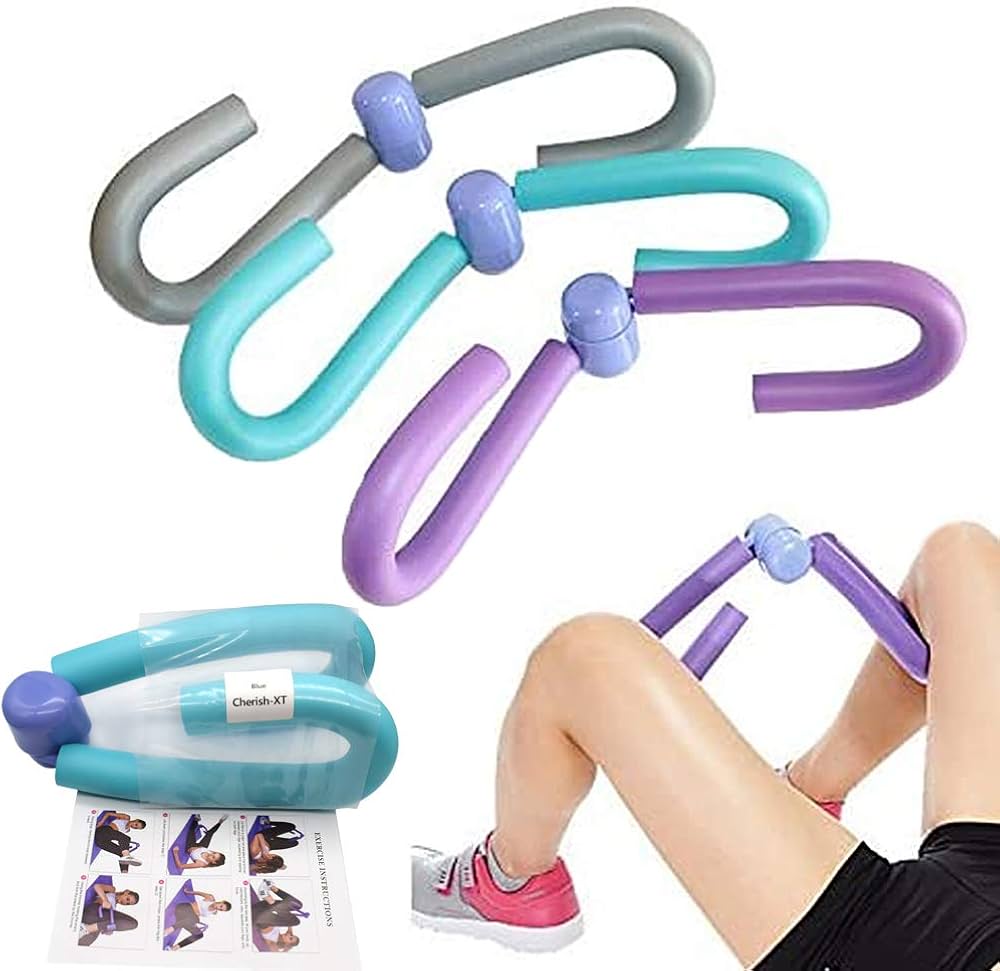
America fell under Suzanne Somers’ spell with her promise of perfect legs through simple squeezing motions. This resistance device convinced us we could achieve fitness without leaving the couch. After the first week of enthusiasm, millions of these purple contraptions found permanent homes under beds nationwide. The Thigh Master perfectly demonstrated Americans’ enduring love affair with quick-fix fitness solutions that require minimal effort.
11. Deely Bobbers

Nothing announced “questionable fashion choices” quite like plastic headbands featuring bouncing balls or stars on springs. The ridiculous accessories achieved coolness precisely because they were so uncool. Parents nationwide surrendered to begging children, purchasing these items that cost pennies to manufacture but sold for premium prices. Anyone seeking instant identification as an authentic 80s kid needed only to don a pair of these utterly purposeless fashion statements.
10. The Hair Revolution
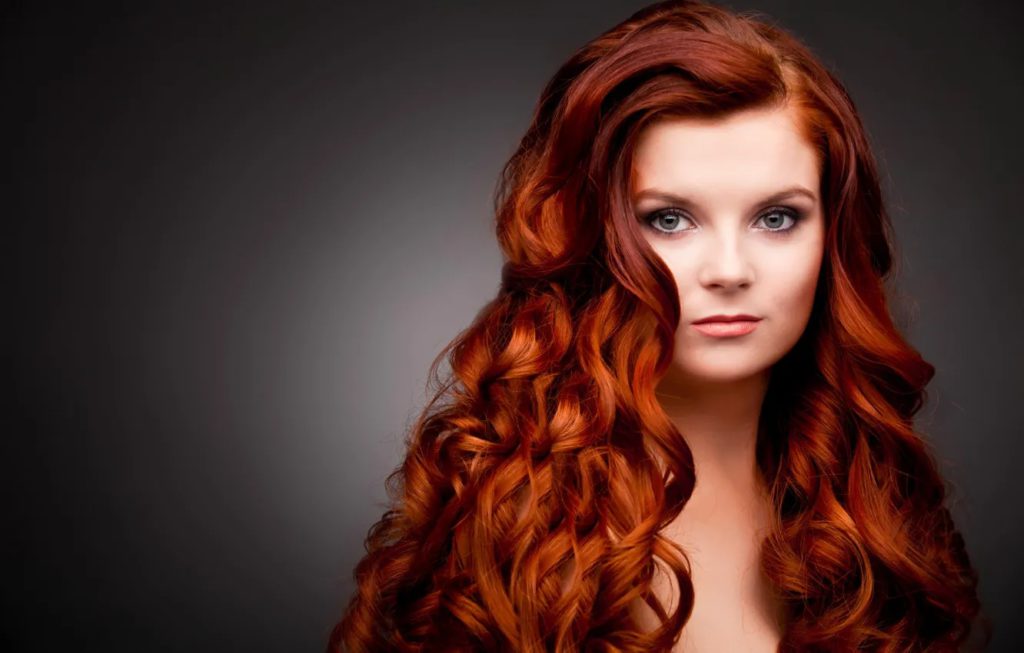
Big hair defined the decade with its extreme volume achieved through extensive use of hairspray, mousse, and curling irons. Madonna and Cyndi Lauper wielded aerosol cans like artistic weapons, constructing gravity-defying monuments to individuality. The trend symbolized confidence while representing fashion’s era of extravagance. Each teased strand made a rebellious statement against both gravity and common sense. Hairstylists achieved rock star status by transforming ordinary heads into architectural wonders, despite the environmental cost of depleting the ozone layer.
9. Accessories as Identity
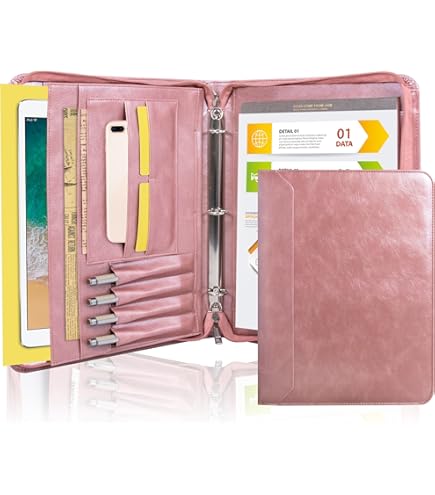
Broadcasting personality through school supplies, Trapper Keepers transcended their practical purpose with their bright designs and functional organizational components. These binders became iconic symbols of 80s school culture, with the distinctive sound of velcro closures providing the soundtrack to classroom life. Long before social media profiles, kids judged each other based on binder selection. Marketers inadvertently created canvases where students projected their emerging identities between academic subjects.
8. Power Dressing
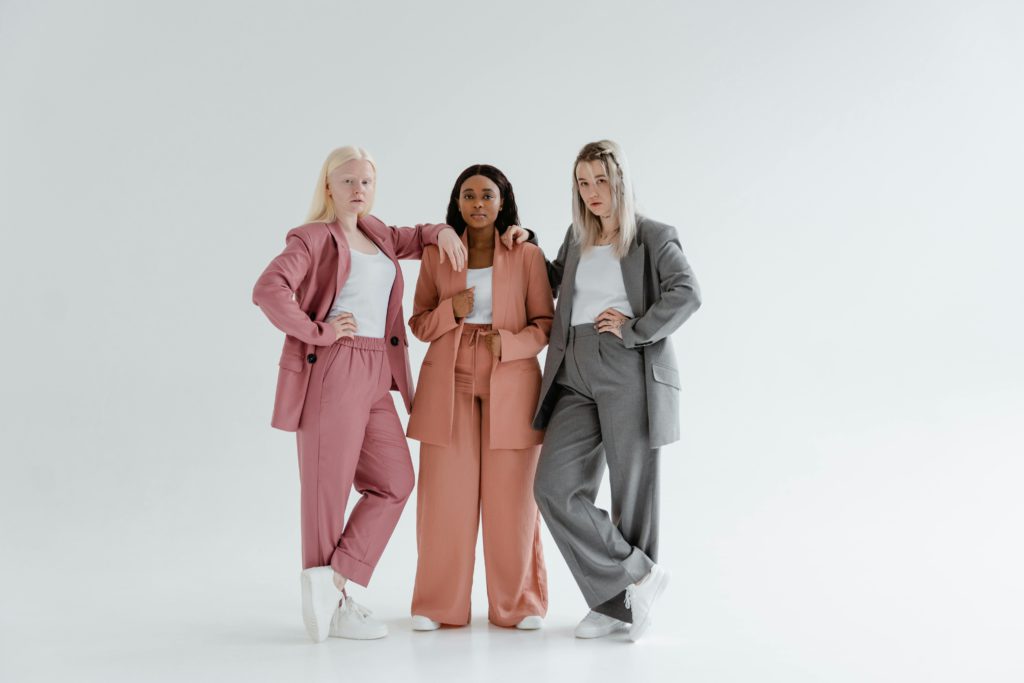
Professional aspiration found its physical form in shoulder pads. Initially added to clothing for structure, these fabric additions evolved into symbols of female empowerment. Dynasty actresses wore structural silhouettes that commanded attention before they uttered a single word. Boardrooms transformed into power zones where clothing communicated ambition without speaking. While men relied on power ties, women reshaped their physical presence with architectural shoulders that literally expanded the space they occupied.
7. Scent of an Era
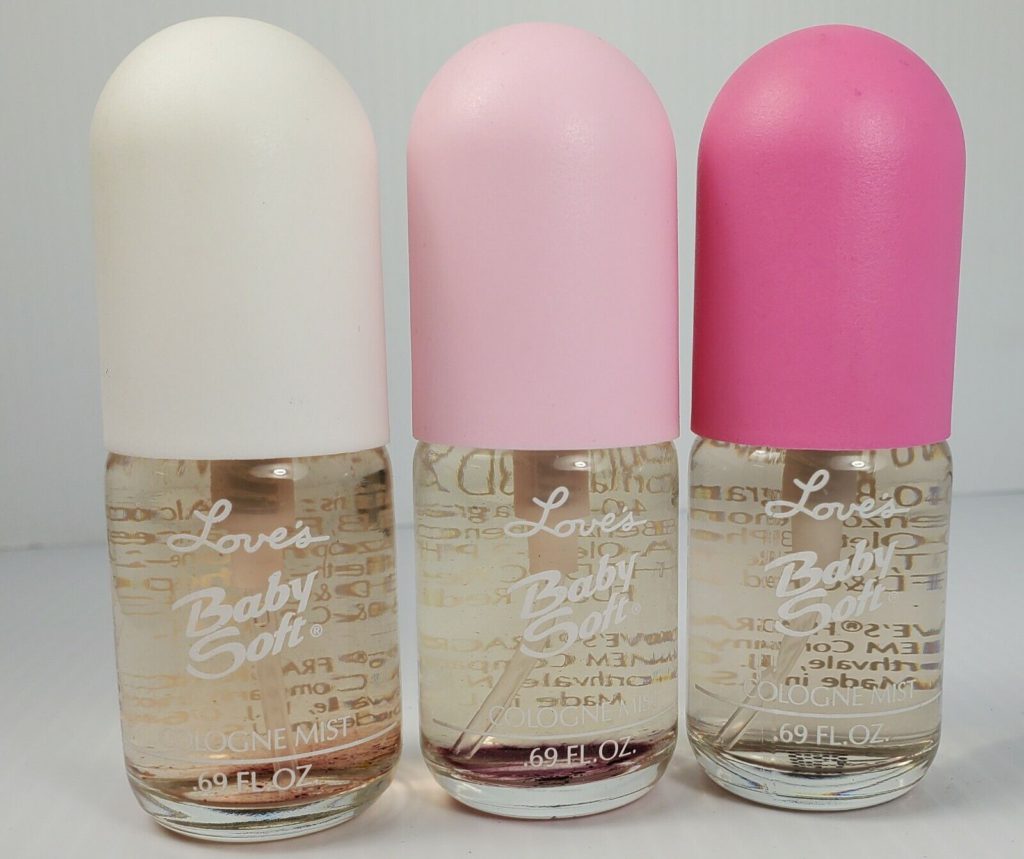
Teenage experience came bottled in Love’s Baby Soft with its delicate floral and powdery scent marketed specifically to pre-teens and young teenagers. An estimated twenty million girls discovered their olfactory identity through its sweet notes. One spritz immediately conjures mall adventures and awkward first kisses for anyone who lived through the Reagan era. Though not as long-lasting as other fragrances, its cultural staying power remains undiminished decades later.
6. Timepieces with Attitude
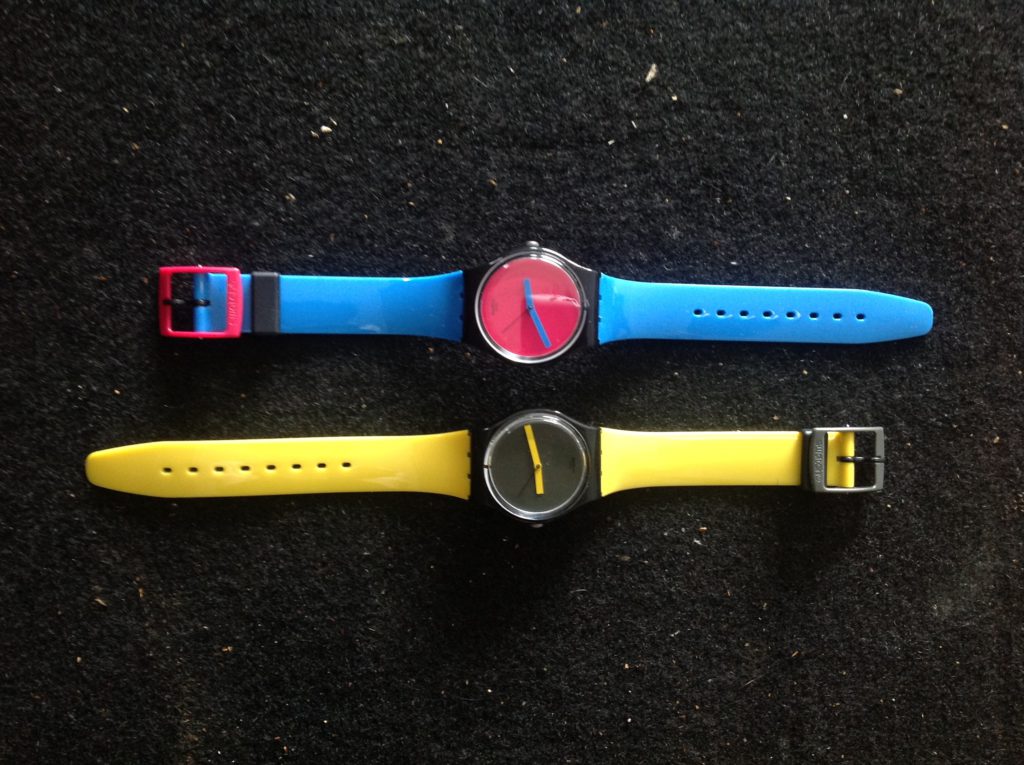
Traditional timekeeping rules shattered with the arrival of Swatch watches and their affordable plastic construction and bold, colorful designs. These Swiss innovations challenged conventional horology by making watches accessible to wider audiences. Timepieces suddenly became personal statements rather than mere practical tools. Fashion-conscious kids stacked multiple Swatches up their arms, turning simple time-telling into elaborate fashion declarations. The notorious fragility of plastic straps only drove additional sales.
5. The Social Landscape
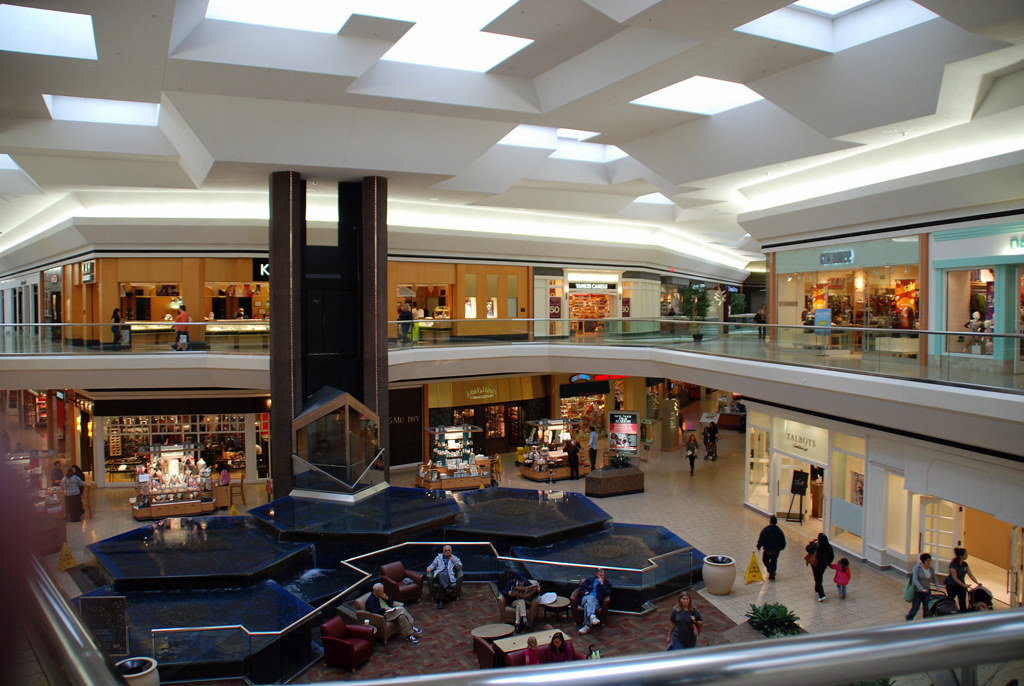
Teenage ecosystems flourished in shopping malls complete with stores, food courts, and entertainment options like arcades. These climate-controlled universes provided structured environments where young people constructed their identities between clothing boutiques and record stores. Each retail center developed its own micro-culture where adolescents practiced social skills that would later define their adult interactions. Loitering evolved into performance art as teenagers spent entire weekends “hanging out” beneath the humming fluorescent lights.
4. Fabric of Freedom
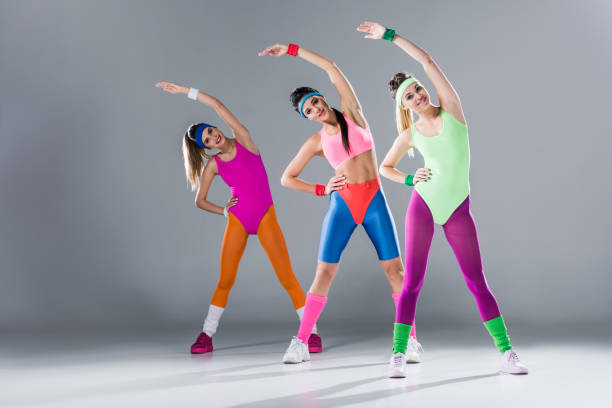
Clothing design underwent revolution thanks to spandex and its exceptional elasticity and durability. Jane Fonda and other fitness icons weaponized this stretchy material, transforming exercise wear into cultural statements. Popularized by figures like Olivia Newton-John, spandex dominated 80s fashion, particularly in activewear. Personal liberation took material form as leggings expanded beyond physical activity into everyday fashion. The distinction between workout attire and street clothes disappeared when comfort finally conquered formality.
3. Musical Intimacy
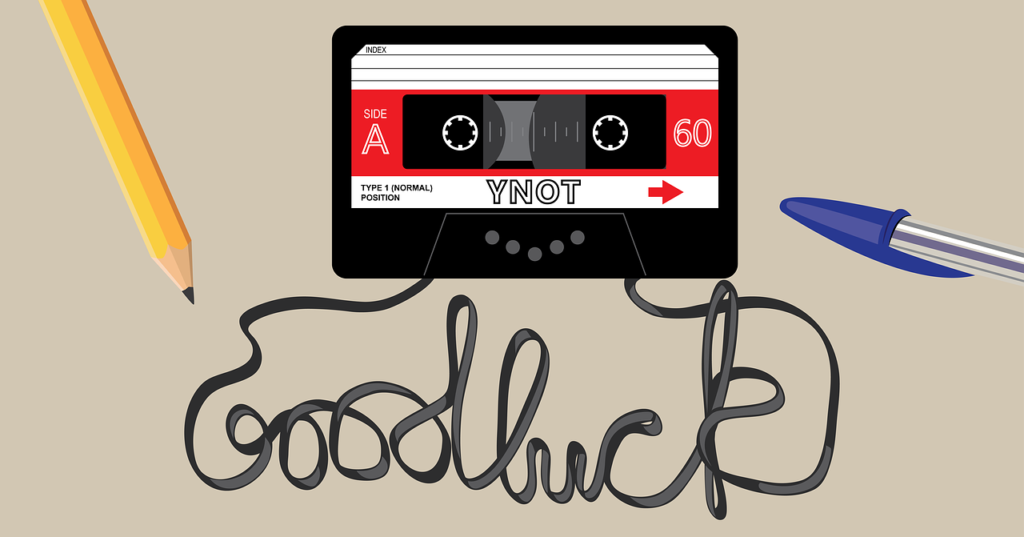
Before algorithms curated our listening experiences, mixtapes represented deeply personal music collections painstakingly recorded from various sources. These carefully sequenced cassettes encoded complex emotions that transformed song selections into love letters. Cultural phenomena symbolizing personal connection, these 90-minute compilations could capture entire relationships. The sequencing mattered as much as the tracks themselves. Creating these analog playlists demonstrated a dedication that modern streaming platforms cannot replicate.
2. Unexpected Icons
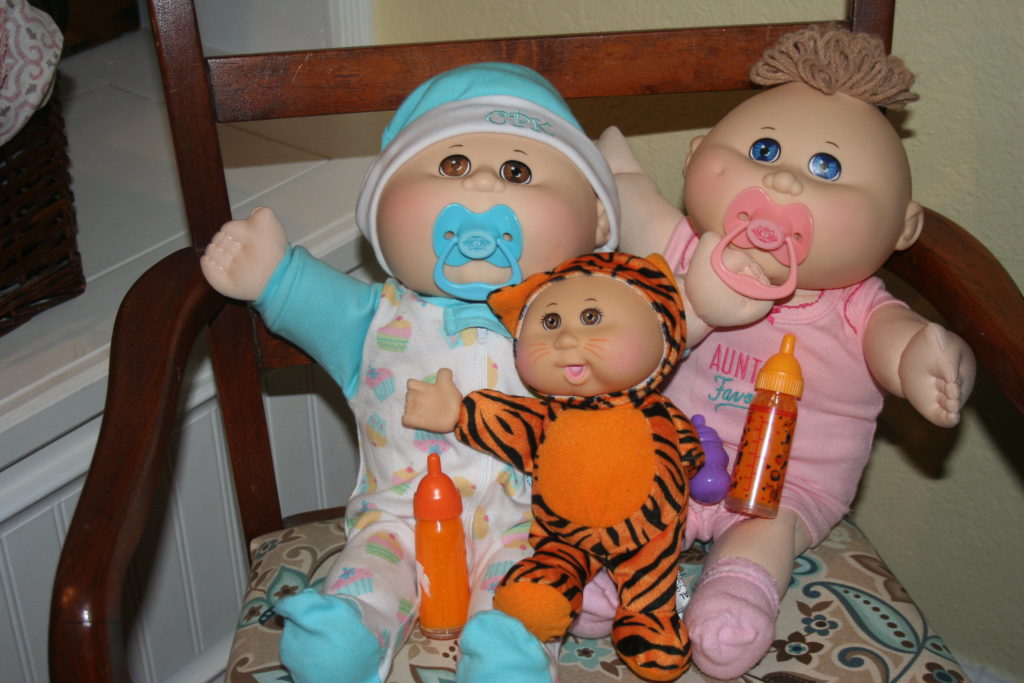
Toy marketing fundamentally changed when Cabbage Patch Kids arrived with their unique faces and individual adoption papers. Creator Xavier Roberts introduced the revolutionary concept of adopting rather than purchasing toys. Frenzied adults battled in store aisles to “rescue” these intentionally homely creations complete with birth certificates. The documented shortages only intensified their mystique. More than mere playthings, they became family members with fabric flesh, transforming into collectibles that retain value for enthusiasts today.
1. A Palette of Possibility
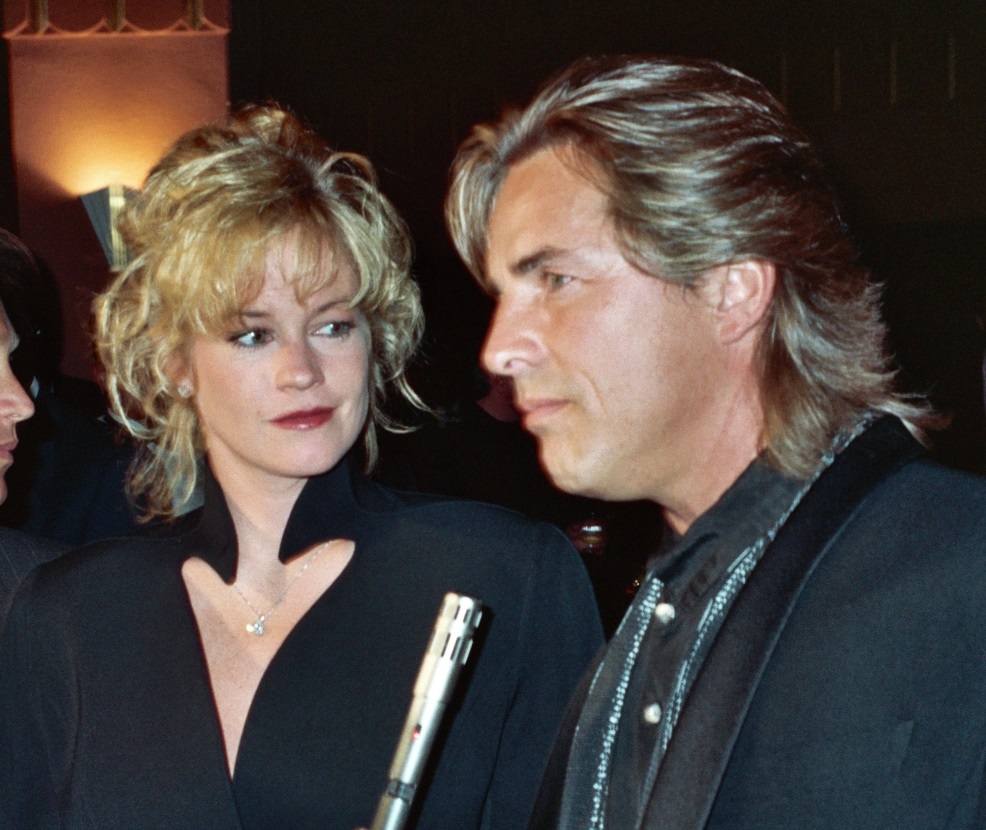
Menswear conventions exploded when Miami Vice introduced pastel-colored suits, shirts, and shoes that demolished traditional fashion boundaries. The wildly popular show made pink acceptable for even the toughest guys on television. Male fashion suddenly embraced a spectrum previously reserved for seasonal celebrations and nurseries. Don Johnson’s style influenced an entire generation of men to experiment with colors their fathers would never have considered. The program transformed fashion into an essential element of character development long before styling became a television priority.






